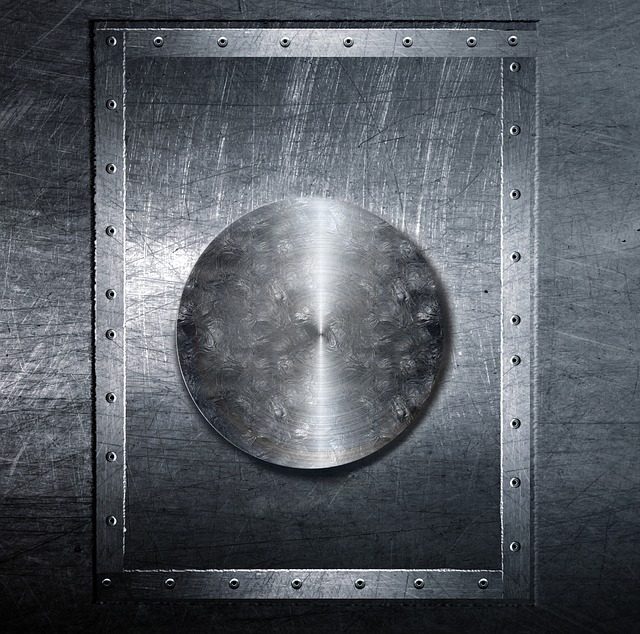This article presents an overview of industrial process filters. This article looks at filters: Membrane, gravity sand-bed, and Activated carbon. We also briefly discuss the market for these filters. If you’re unfamiliar with the term “industrial process filters Virginia,” this article will help you make the right decision. It is a quick overview of the process and technology behind these filters. The article also includes information on raw materials used in manufacturing these filters and some basic facts about their use.
Membrane Filtration
There are many benefits of membrane filtration for industrial processes, and the technology has been used in municipal water systems for over 50 years. This technique involves a physical barrier that allows the liquid to pass through the other side. At the same time, particles more significant than the pores on the membrane are retained on one side, and the liquid passes through the other. The difference between a coarse and fine filter lies in the type of material used to filter the liquid. The coarse filter will hold larger particles, while more acceptable materials can selectively filter molecules of different sizes.
Industrial process filters that use membranes can improve the quality of various liquids and gases. The feed stream passes through the membrane, and a feed pump applies pressure to separate the liquid or gas from the particles. The permeate is then used for further processing. Membrane filtration is a highly effective method for purifying different liquids and gases. Membranes have many applications in wastewater treatment, from desalination to high-purity process water.
Gravity Sand-Bed Filtration
In a typical gravity sand-bed filtration process, particulate solids are repelled by the air or water by their surface charge. The sand grains may become more attractive when impurities adhere to them. The wash water from the process flows downward through the sand bed. In contrast, the filtered water flows in the opposite direction. The air breaks up surface scum and loosens dirt that adheres to sand grains.
Sand-bed filtration has several advantages. Its small size makes it easier to install than its large-scale counterparts. Single-pass sand filters are partially above the ground. They include an impermeable liner to prevent liquid spills and maintain homogeneity. Single-pass sand filters are taller than their slow cousins, and the bottom drainage comprises lateral pipes.
Activated Carbon
Activated carbon for industrial process filters works by adsorbing chemicals from the liquid to the solid phase using a chemical reaction known as pyrolysis. This process is similar to making charcoal from coconut shells and involves exposing the carbon-rich material to high temperatures. This process yields carbon with an excellent pore structure, making it ideal for adsorbing gases and liquid phase compounds.
Activated carbon is produced by heating wood products, petroleum coke, and bituminous coal at high temperatures, usually without oxygen. After undergoing the high-temperature process, the carbon is then crushed into granules. Activated carbon filters effectively remove pollutants such as chloroform and other volatile organic compounds. Activated carbon filters can be used at either POE or POU, depending on the concentration of the contaminant.
Activated Carbon in Reverse Osmosis
Activated carbon is a commonly used pre-treatment in many industries, such as water treatment. Activated carbon is produced from various raw materials, including wood products, coconut shells, peanuts, and nut shells. These materials are readily available but require skilled labor. The carbon type should be selected for the correct water analysis depending on the application. Many types of carbon are available, including coal- and coconut-shell-based carbon.
The effectiveness of activated carbon depends on two factors: the type of carbon used and the activation method. For example, carbon that removes chlorine is obtained from a different source than carbon that removes lead or chlorine. These two factors affect the effectiveness of the filtration system. If a company has a high-quality water supply, activated carbon is a valuable part of the process. A carbon filter is a key component of water treatment.




